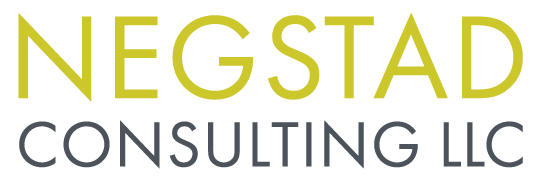5 Minutes on Meaningful Employee Self-Evaluations
Whether you are an employee or a supervisor, you might be rolling your eyes when I mention employee self-evaluations.
Fifteen to twenty years ago, when self-evaluations were all the rage and being added to performance evaluations, they often missed the mark.
The categories were often arbitrary or generic.
The employee would evaluate themselves and then the supervisor would add their comments.
It could be humiliating.
And often everyone knew it was really only the supervisor’s comments that mattered.
I’ve seen that TRUE self-evaluations can be extremely meaningful.
They give employees a chance to reflect on how they are doing and what they are learning, and to bring up what is most important to them to the supervisor. This facilitates real opportunities for learning and growth.
In fact, a self-evaluation process that truly facilitates self-reflection and ongoing learning fosters strong individual performance and contributes to high performing organizations.
Let’s explore what a meaningful employee self-evaluation might look like:
An employee self-evaluation has two main purposes.
One, it helps the employee reflect on their work over a certain period of time and determine areas of work that might need sharpening or adjustment.
Two, it provides the basis for a conversation between the employee and the supervisor. Only this second part is retained in the official personnel record of the employee.
Given these two purposes, here are some lines of questioning for a strong self-reflection form.
Where do I feel I have made progress, supported goals, accomplished something, worked well with others, and/or learned a lot?
Where have I felt “stuck” or confused or where do I have the most tension with others?
What obstacles or issues are impacting my ability to perform effectively?
What additional tools, resources and trainings do I need to perform my job?
Where have I felt supported or hindered by my supervisor?
What do I envision for my future and my career growth?
What additional insights am I having as I answer the above questions?
What are some actions or next steps I want to take in my work?
After answering these questions, the employee then reflects on the items from their self-reflection they would like to share with their supervisor and spends time preparing for that conversation. This could be written up and included in the official personnel file.
Remember, the self-reflection itself is not part of the official personnel file, only the items they pull out to discuss with the supervisor.
Even though it’s a self-reflection, the supervisor’s role is critical.
It’s important that they come to the conversation with the right mindset, ready to help the employee get the most out of their self-reflection.
For that reason, I encourage supervisors to do their own self-reflection to prepare for the conversation.
The supervisor self-reflection might look like this:
When someone asks for support, do I suspend my agenda and stay genuinely curious?
Do I ask open-ended questions to move the conversation forward?
Do I hold off on giving advice or imposing my own experiences or solutions?
Do I ask myself, “What does this person need right now?”
Do I detach from the outcome, stay present, stay patient, and avoid interrupting?
Do I attempt to see the other person’s situation from their perspective?
Am I sensitive to how my questions could be misinterpreted?
What do you think? Is this different from the employee self-reflections you have participated in? Can you see something new to incorporate that might make the process more meaningful?

